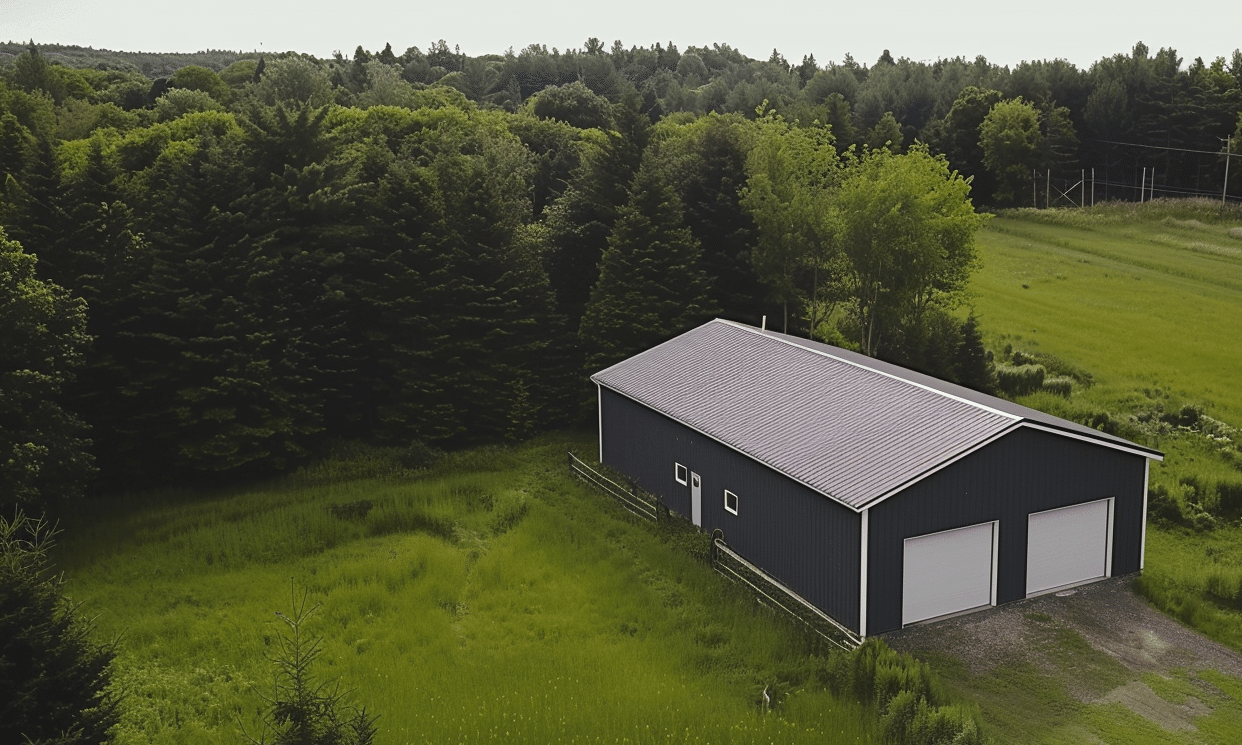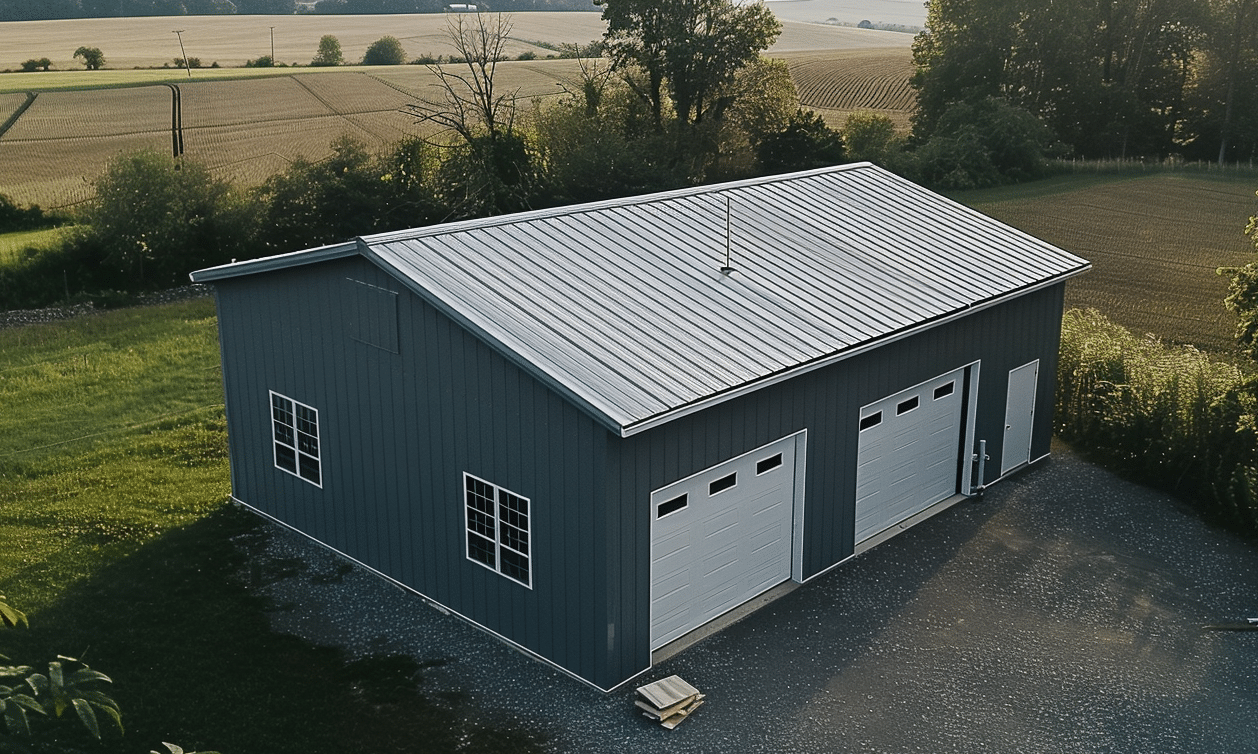The Rising Importance of Sustainable Lumber
Sustainable lumber is quickly gaining popularity as an eco-friendly building material. But what makes it so crucial in today’s architectural landscape? As sustainability inches to the forefront of construction priorities, building with sustainable lumber has become akin to sowing seeds for a greener future. There are myriad reasons why choosing sustainable lumber is not just an alternative but a necessity. Let’s dive into its significance and the potential it holds.
What is Sustainable Lumber?
Before delving into its benefits, it’s essential to define what sustainable lumber is. Sustainable lumber is sourced through practices that maintain the ecological balance, ensuring that forests can regenerate and continue to provide non-depleted resources. This means harvesting practices that are not only mindful of biodiversity but also play a role in reversing climate change impacts.
One could liken sustainable lumber use to nurturing a garden. You wouldn’t pluck all your flowers in one sweep; instead, you would enjoy their beauty while ensuring their seeds can take root for future blooms. Similarly, sustainable lumber allows us to utilize wood without stripping the earth of its green cover.
The Environmental Impact of Sustainable Lumber
The construction industry has long been a significant contributor to carbon emissions, but the tide is turning with the adoption of sustainable materials. Canada Green Building Council – Sustainable Lumber outlines numerous advantages of using sustainable lumber. The nurturing of forests and the subsequent growth of new trees actively contribute to carbon sequestration, meaning that as buildings stand, they are reducing atmospheric carbon.
Moreover, sustainable lumber is often sourced locally, reducing the carbon footprint associated with transportation. This local sourcing supports regional economies and promotes the use of native species that thrive in local climates, further bolstering sustainability.
Sustainable Lumber vs. Traditional Timber
Why should we choose sustainable lumber over traditional timber? Well, it’s similar to choosing organically grown food over conventional choices. Just as organic foods potentially offer health benefits and a lighter environmental impact, sustainable lumber offers superior environmental benefits and often surpasses in quality.
While traditional timber might seem like an easier short-term solution, the long-term consequences can be detrimental to our planet. By contrast, sustainable lumber ensures continued resource availability and better ecosystem health, shielding forests from over-exploitation.
Comparing Sustainability with Other Materials
When it comes to building materials, comparisons often arise between lumber and Environmental Benefits of Steel Buildings. Steel brings its own set of environmental advantages, including longevity, recyclability, and low maintenance. The synergy in using both materials can be profound, merging the warmth and natural aesthetic of wood with the strength and durability of metal.
For example, combining sustainably grown timber with materials like metal in metal structures Ontario could revolutionize design options while maintaining an environmentally friendly footprint. Utilizing innovative combinations like this is a testament to how flexible sustainable construction can be.
The Economic Advantages of Sustainable Lumber
Besides its evident environmental virtues, sustainable lumber provides several financial benefits. By investing in the support and use of sustainable forestry, builders and architects can potentially see cost savings. Sustainable parks might reduce the price volatility encountered with timber, ensuring more predictable costs over time.

Moreover, the combined use of sustainable lumber and advanced steel constructions, like 20×24 metal buildings, can lead to significant economic advantages. This pairing can create cost-effective structures characterized by reduced waste and increased energy efficiency, ultimately translating into more sustainable financial planning.
Innovations Encouraging the Use of Sustainable Lumber
With increased awareness and innovation, the range of applications for sustainable lumber continues to grow. From modular homes to multi-story buildings, the adaptability of sustainable lumber is unquestionable. Innovations ensure this material isn’t relegated to traditional applications but is carefully integrated into future-forward projects.
Look no further than exploring recycled materials in construction. This field brilliantly complements sustainable forestry by combining strengths that create a balanced, sustainable approach to modern building challenges.
The Path Forward: Embracing a Greener Future
As perception shifts towards holistic and responsible construction practices, the initiative to embrace sustainable lumber becomes more pronounced. Its beneficial effects don’t end at ecological savings; sustainably sourced lumber provides improved air quality within homes, enhancing overall living conditions.
Forests act as the planet’s lungs; thus, mindful harvesting practices and sustainable construction materials help humans live symbiotically with nature. Selecting sustainable lumber isn’t just a story about timber; it’s a narrative woven into building communities, preserving heritages, and designing the landscapes of tomorrow. As eco-friendly construction practices continue to take center stage, sustainable lumber will play a pivotal role, shaping the structures we call home on a planet whose care is now non-negotiable.
In summary, sustainable lumber offers a beacon of hope for the architecture and construction sectors striving to align with eco-friendly objectives. Melding nature’s bounty with progressive building practices ensures that our cherished infrastructure remains as resilient as the ecosystems surrounding them. As global citizens, our commitment to sustainability in construction today heralds a more robust, verdant world for future generations.










